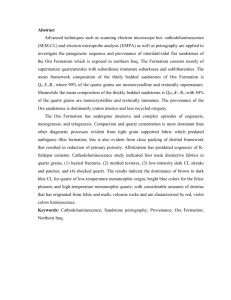MontaguMesicAsterFynbos
advertisement
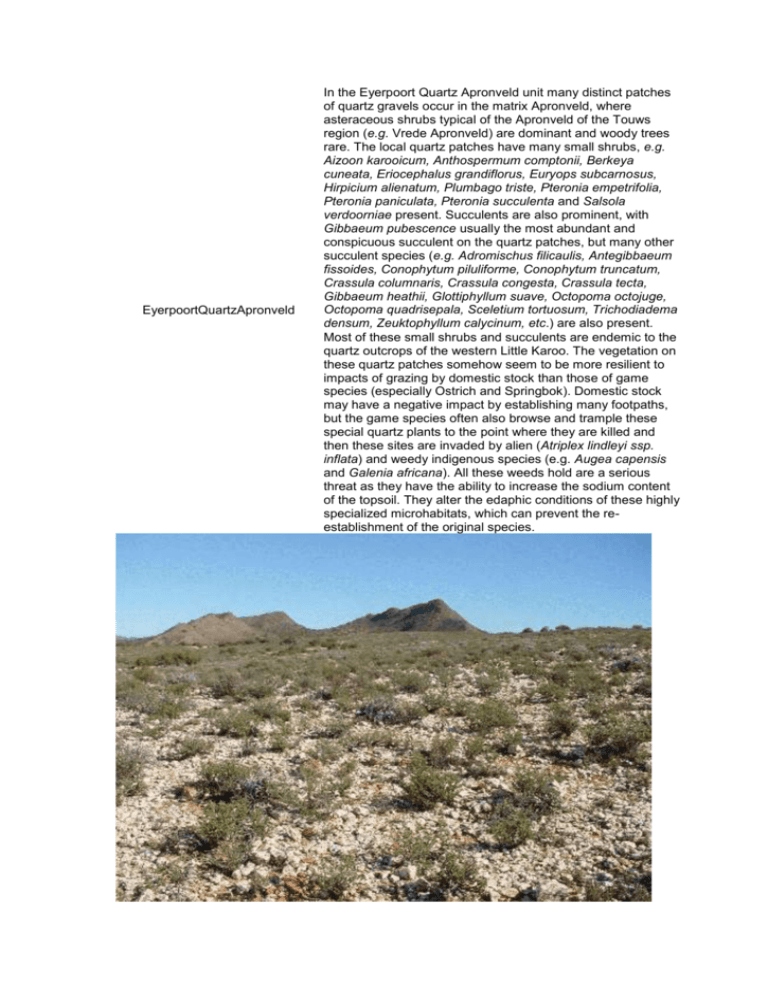
EyerpoortQuartzApronveld In the Eyerpoort Quartz Apronveld unit many distinct patches of quartz gravels occur in the matrix Apronveld, where asteraceous shrubs typical of the Apronveld of the Touws region (e.g. Vrede Apronveld) are dominant and woody trees rare. The local quartz patches have many small shrubs, e.g. Aizoon karooicum, Anthospermum comptonii, Berkeya cuneata, Eriocephalus grandiflorus, Euryops subcarnosus, Hirpicium alienatum, Plumbago triste, Pteronia empetrifolia, Pteronia paniculata, Pteronia succulenta and Salsola verdoorniae present. Succulents are also prominent, with Gibbaeum pubescence usually the most abundant and conspicuous succulent on the quartz patches, but many other succulent species (e.g. Adromischus filicaulis, Antegibbaeum fissoides, Conophytum piluliforme, Conophytum truncatum, Crassula columnaris, Crassula congesta, Crassula tecta, Gibbaeum heathii, Glottiphyllum suave, Octopoma octojuge, Octopoma quadrisepala, Sceletium tortuosum, Trichodiadema densum, Zeuktophyllum calycinum, etc.) are also present. Most of these small shrubs and succulents are endemic to the quartz outcrops of the western Little Karoo. The vegetation on these quartz patches somehow seem to be more resilient to impacts of grazing by domestic stock than those of game species (especially Ostrich and Springbok). Domestic stock may have a negative impact by establishing many footpaths, but the game species often also browse and trample these special quartz plants to the point where they are killed and then these sites are invaded by alien (Atriplex lindleyi ssp. inflata) and weedy indigenous species (e.g. Augea capensis and Galenia africana). All these weeds hold are a serious threat as they have the ability to increase the sodium content of the topsoil. They alter the edaphic conditions of these highly specialized microhabitats, which can prevent the reestablishment of the original species.
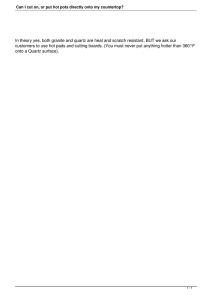

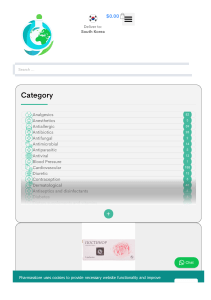
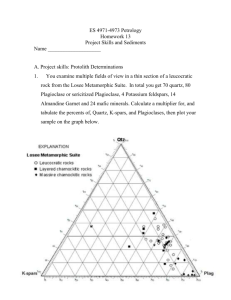
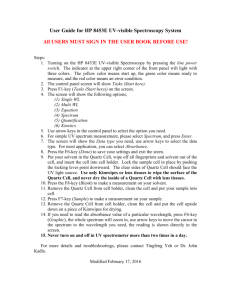
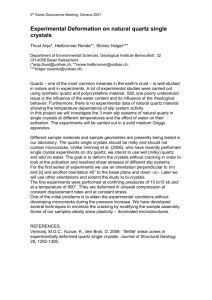
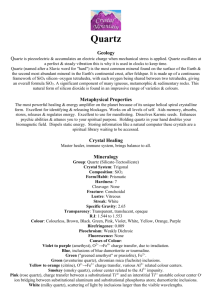
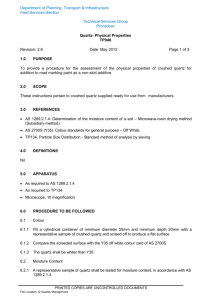
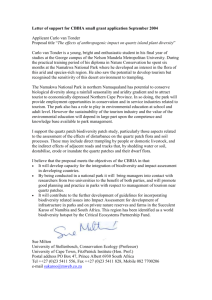
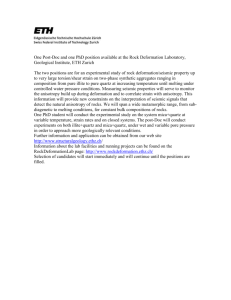
![[#SPR-8556] setCronExpression method not exposed](http://s3.studylib.net/store/data/007602420_2-77fb356e3571147709c545ebc5d00b3c-300x300.png)
